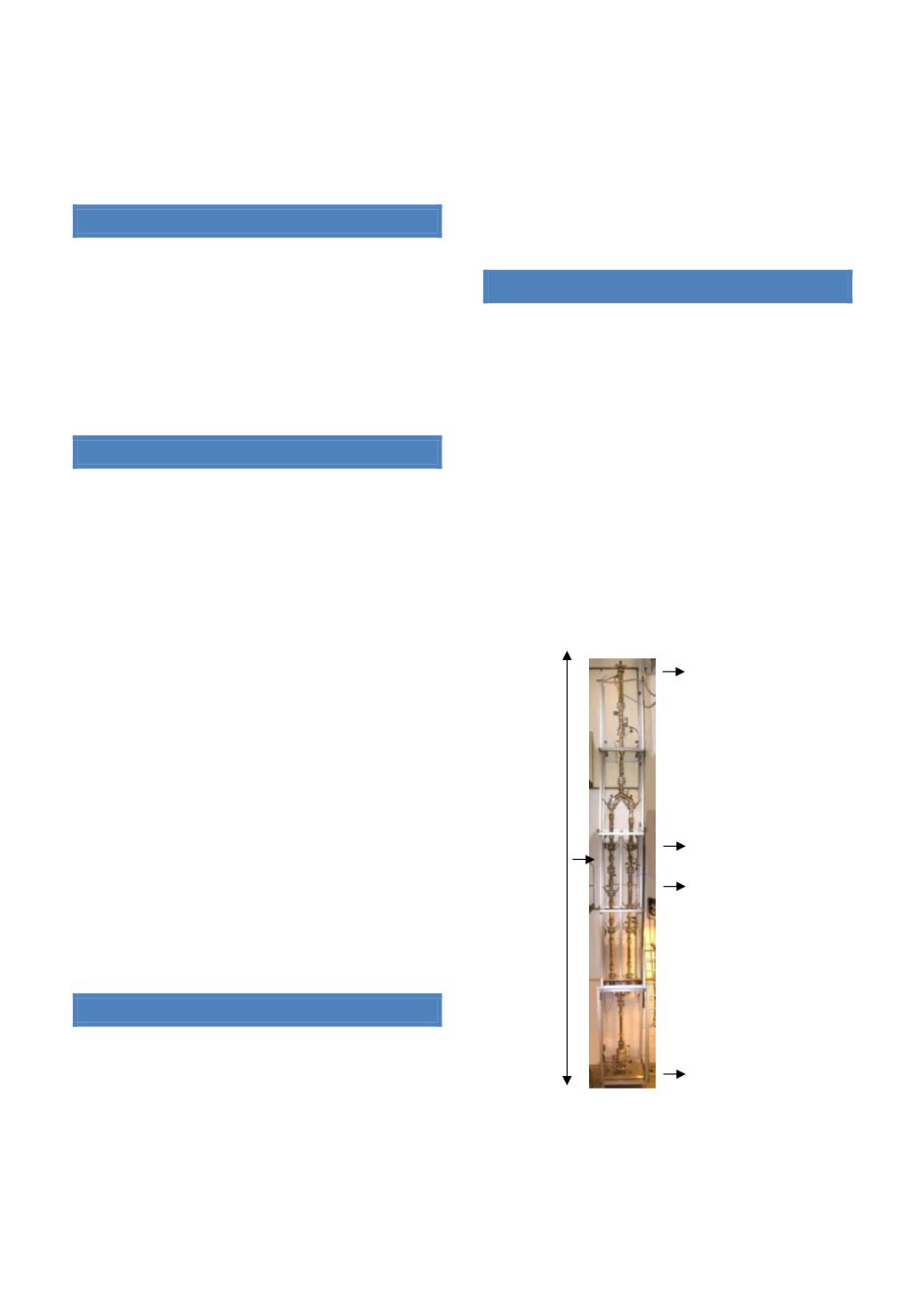

Department of Chemical Engineering
Annual Report 2015
21
use mathematical and computer tools, and we rely on
the cooperation with our partners for experimental
results. The activities in system biology aee presently in
four main research areas:
BAT BEHAVIOUR.
In corporation with two groups from Israel, (Nachem
Ulanovsky at the Weizman institute, and Yossi Yovel at
Tel Aviv University) we developed a dynamic model that
describe the flight pattern of the bat that wants to catch
a moving target (insect). We found that that the bat uses
a controller with derivative control effect. However, this
amplifies the noise and reduces the ability to detect the
target while flying, increasing the chance to lose its food.
AQUACULTURE MODELLING (BAR)
This project is directed towards several of the main goals
of the Norwegian research Council, aquaculture
program. The activity in the group focuses on two main
subjects: 1) Healthy fish, with the goal to fight fish
parasite through modelling the interaction fish-lice, and
2) Fish Feed, with the goal to create an optimal feed
which reduces the environmental load while maintaining
optimal fish growth. An application to the Research
Council, in corporation with UiB, Bergen, was send in
April, and two more grant applications will be sent in
September. The Aquaculture modelling project extends
the activity to include also modeling of hunger and feed
intake, a very important factor in fish growth and a
significant factor in the aquaculture activity and its
economic benefits. We wish to be able to control the
appetite of the fish in rearing conditions (such as Salmon)
through the effect of the balance of the food ingredients,
without adding any artificial additives such as hormones.
Since this industry produces very large quantities of fish
every year, even a small increase in daily feed intake will
result in a massive increase in fish production and large
profits to both the feed manufacturers and the fish
farmers.
PREDICTION OF GENE EXPRESSION.
This project started in cooperation with the other
system biology groups at the Faculty, namely those of
Martin Kuiper (Department of Biology) and Svein Valla
(Department of Biotechnology). Using bioinformatics
tools, we want to show how the bonds between the DNA
and the mRNA are correlated to gene regulation. During
2011 we conducted experiments at the Department of
Biotechnology. The expression data acquired enables us
to compare the simulations and conclude about the
mechanisms involved. The project involves Jørgen
Skancke, who is planned to finish his PhD work in the
summer of 2016.
EQUIPMENT IN THE SYSTEMS GROUP
The Kaibel distillation column (see picture), which is
currently being reassembled, is 6-meter-high and 5 cm in
diameter and can be used to study "thermally coupled"
columns, including the three-product Petlyuk column
and the four-product Kaibel column. Dr. Ivar Halvorsen
from SINTEF and Sigurd Skogestad manage this
integrated distillation project. An automatic drink robot
is used for demonstration purposes and to study
sequence control based on automata theory (Heinz
Preisig). In ddition, we have extensively used our two-
phase “mini-loop” to test anti-slug control strategies.
The group also has a control teaching laboratory, which
includes three thermal/air flow processes, a pseudo flash
and a mixing process.
Kaibel Distillation column
H=6 m
D=5 cm
F
S1
S2
B
D


















